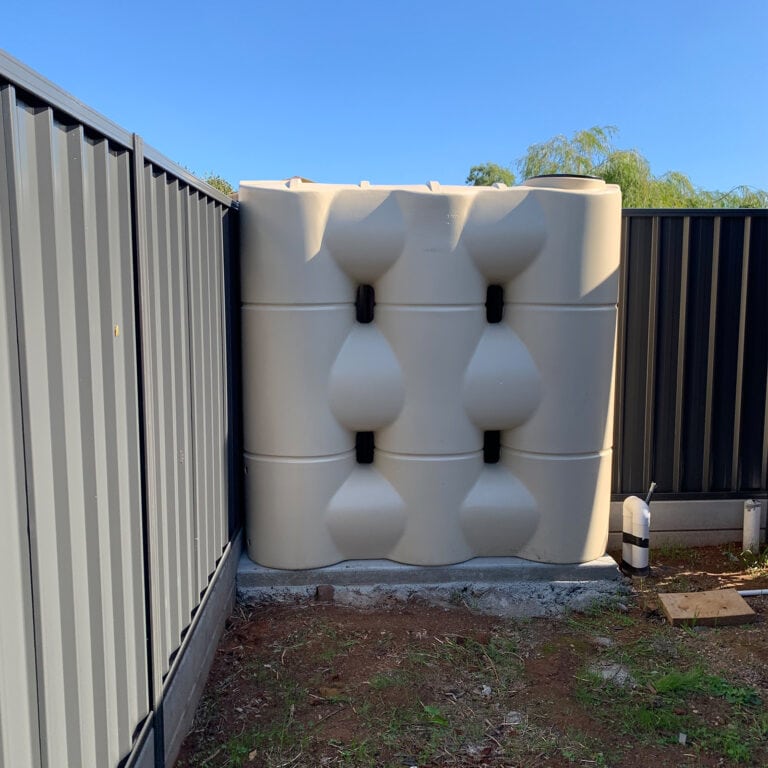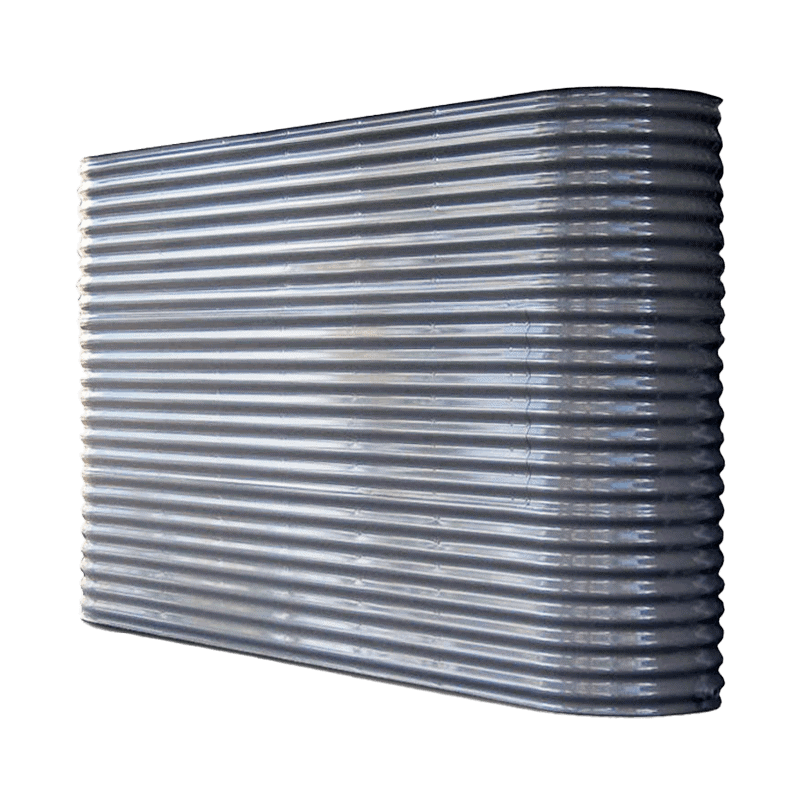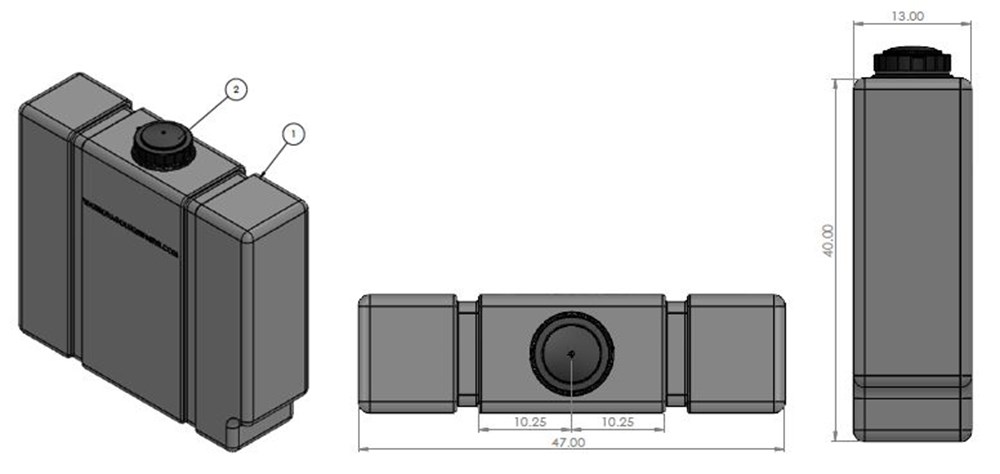Cost Effective Slimline Water Tanks: Maximize Your Rain Harvesting
Cost Effective Slimline Water Tanks: Maximize Your Rain Harvesting
Blog Article
Checking Out the Various Uses Rainwater Storage Tanks for Residential and Commercial Characteristics
As the global focus on lasting living practices continues to increase, the utilization of rain containers in both household and commercial setups has actually arised as a significant service. These storage tanks supply a reservoir for rain harvesting, offering a myriad of potential applications that expand far beyond simple storage space. From irrigation to toilet flushing and landscape design, the convenience of rainwater tanks is large. In addition, their integration into business buildings opens a realm of possibilities for ecologically aware businesses. The complex uses of rainwater tanks present a compelling case for their adoption, not only as a useful water-saving step however likewise as a testament to accountable resource management.
Advantages of Making Use Of Rainwater Tanks
Utilizing rainwater tanks supplies many advantages for both households and areas in terms of water preservation and sustainability. Among the key benefits of using rain tanks is the substantial reduction in reliance on keys supply of water - Slimline water tanks. By recording and storing rain for later use, people and communities can lower their demand for cured water, eventually easing the problem on water therapy centers and decreasing power consumption connected with water transport and treatment
Moreover, rain harvesting with tanks supplies a dependable different water source throughout times of water restrictions or scarcities. This stored rainwater can be made use of for various non-potable objectives such as irrigation, flushing commodes, and washing clothing, reducing the stress on typical water sources. Furthermore, making use of rain containers can lead to cost financial savings for both households and communities by reducing water costs and reducing the requirement for pricey infrastructure growths to fulfill expanding water demands.
Basically, the use of rainwater containers offers a sustainable and ecologically pleasant strategy to water management, benefiting both private customers and the broader neighborhood in terms of water conservation, cost-efficiency, and durability.
Rain Container Use in Watering
Offered the advantages of rain containers in saving water resources and minimizing dependence on mains water, a substantial application hinges on utilizing stored rainwater for irrigation purposes - Slimline water tanks. Rainwater harvesting systems can efficiently gather and keep rainwater, offering a sustainable water source for sprinkling yards, lawns, and agricultural fields. By utilizing rainwater for watering, home owners can decrease their dependence on treated water sources, causing cost savings and ecological advantages

Among the primary advantages of making use of rainwater for watering is its pureness. Rainwater is normally soft and devoid of the chemicals and additives often located in mains water, making it optimal for nourishing plants without the threat of dangerous results. Additionally, rainwater goes to ambient temperature, which can profit plant growth by avoiding temperature shocks that can take place with chilly mains water.
Rain Storage Tanks for Toilet Flushing

Carrying out rain storage tanks for bathroom flushing is an affordable and eco-friendly practice that can be easily incorporated right into both household and commercial properties. The kept rainwater can be utilized to purge commodes by connecting the storage tank to the existing pipes system. This straightforward yet reliable Your Domain Name service can substantially decrease water consumption in a structure, especially in locations where water shortage is an issue.

Integrating Rain Storage Tanks in Landscape Design
These tanks can record and keep rain overflow from roofing systems, which can after that be utilized for watering yards, yards, and plants. By utilizing rain for irrigation objectives, residential property owners can lower their reliance on metropolitan water sources, leading to set you back savings and preservation of valuable water sources.
Along with giving a sustainable water resource for landscaping requirements, rain storage tanks can likewise help in handling stormwater runoff. By recording rainwater that would or else flow right into tornado drains, these storage tanks can mitigate erosion, lower flooding risks, and stop pollution of natural water bodies. In addition, incorporating rainwater storage tanks in landscape design straight from the source can add to the general visual allure of the home, showcasing a dedication to ecological stewardship.
Commercial Applications of Rainwater Storage Tanks
Using rainwater tanks in business setups uses a sustainable service for water administration and conservation, benefiting organizations and the setting alike. One crucial industrial use is for watering objectives, where gathered rainwater can be used to water landscape design, gardens, and agricultural areas bordering commercial residential or commercial properties.
Moreover, rain storage tanks can be integrated right into the fire suppression systems of business structures. By having a specialized water source for firefighting objectives, services can enhance their fire precaution and potentially reduce insurance policy costs. Additionally, rain collected in containers can be treated and made use of for non-potable functions within commercial buildings, such as flushing toilets, cleansing, and cooling systems. This not just saves fresh water resources yet also decreases operating expenses for organizations. In general, the incorporation of rain containers in industrial setups presents a functional and environmentally accountable strategy to water administration.
Final Thought
From irrigation to commode flushing and landscape design, the usage of rainwater tanks can help conserve water sources and lower water costs. Generally, the adaptability and sustainability of rainwater tanks make them a valuable financial investment for any kind of residential property proprietor looking to increase water efficiency.
Report this page